Other
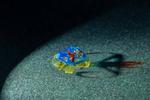
“The way cartoon character Barbapapa and his family members take on any shape they want has captured the imagination for generations. Making this a reality offers unprecedented possibilities. All the more understandable is the enthusiasm of the researchers at Eindhoven …

“EU invests 11 million euros in TU/e-led project to build artificial intelligence at the edge. The corona pandemic and the war in Ukraine have shown that self-sufficiency in the production of semiconductors and computer chips is very much a …

“Adedayo Omisakin worked on the wireless communication technology between a brain implant and a digital camera that can help blind people to see again. Being able to see without eyes. It sounds like a miracle, but in the not-too-distant future …
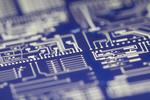
“The research project INSPIRE develops a unique printing technique for large-scale production of optical chips consisting of layers of different materials. Faster, more energy-efficient ICT, or sensors to detect anything between beginning fruit rot and microscopic cracks in glass fibers …

“The new project BayesBrain aims to build the world’s first computer that combines brain cells and silicon microchips. Besides being the most intelligent computing system ever, the brain is also very energy efficient. It uses orders of magnitude less …

“Alex van de Steeg mapped CO2 plasmas to figure out the reactions at play when CO2 splits into other molecules at temperatures hotter than the surface of the sun. As part of the goals of the Paris Climate Accords, we …

“Ruben van Gaalen found out how to avoid the ‘coffee-stain effect’ when droplets dry up, so that printing companies can develop ink more efficiently. Have you ever spilled coffee onto a table? If so, you have probably noticed that the …
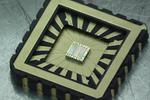
“A TU/e research group has developed a new near-infrared sensor that is easy to make, comparable in size to sensors in smartphones, and ready for immediate use in industrial process monitoring and agriculture. This breakthrough has just been published …
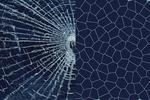
“New findings on the glass phase of ‘active matter’ ends an intense debate in the soft matter physics community. Is it in a liquid phase or a ‘glassy’ phase? This question has been the subject of intense debate as physicists …
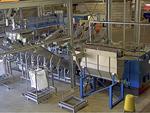
“In 2018, 61.8 million metric tons of plastic waste was produced in the European Union with only 9.4 million metric ton recycled. This constitutes a huge amount of plastic waste, which rapidly needs to be addressed. One solution …
